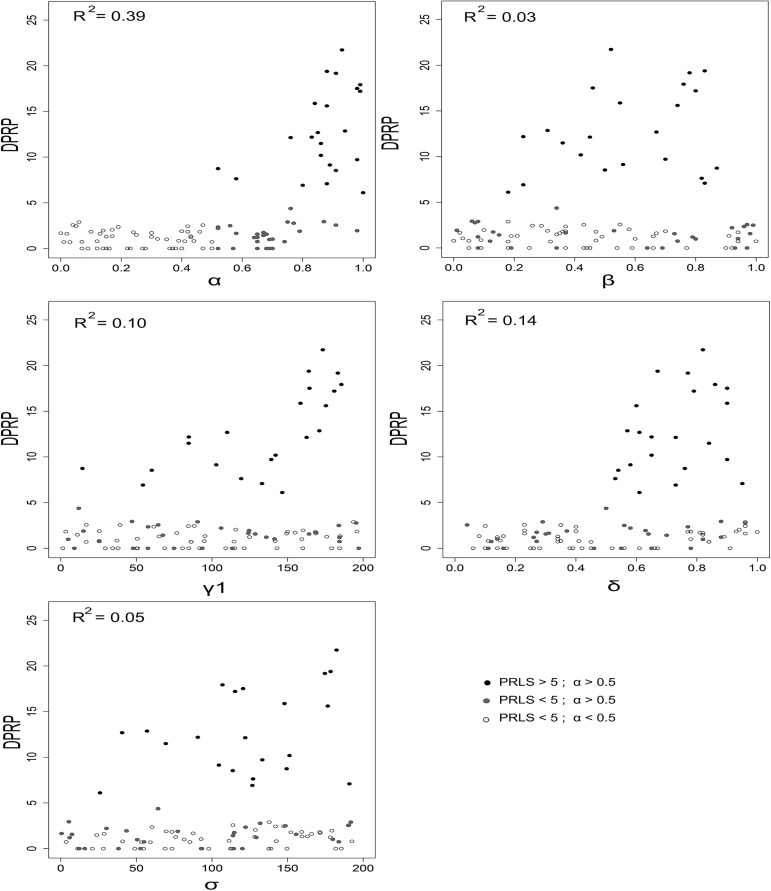Fig 1. Correlations between the ecological parameters and duration of PRLS.
For each observation, a random value was attributed to each of the five ecological parameters (α, β and δ were drawn from a uniform distribution between 0 and 1 and γ2 and σ2 from a uniform distribution between 0 and 200), and a simulated population with an initial size of 1,000 individuals was allowed to evolve during 10,000 time units. The duration of PRLS was then measured as the average time interval between the last reproductive event and death, calculated over the individuals who were born and died during the final 2,000 units of time. This process was repeated 100 times to detect the influence of each parameter on the variation of the duration of PRLS.

